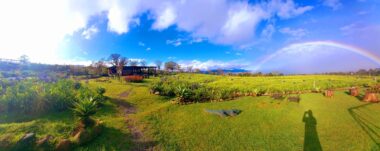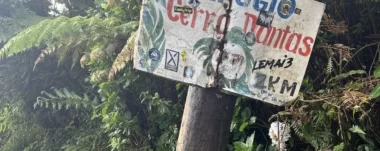Corn In Guanacaste: A Cultural And Nutritional Treasure
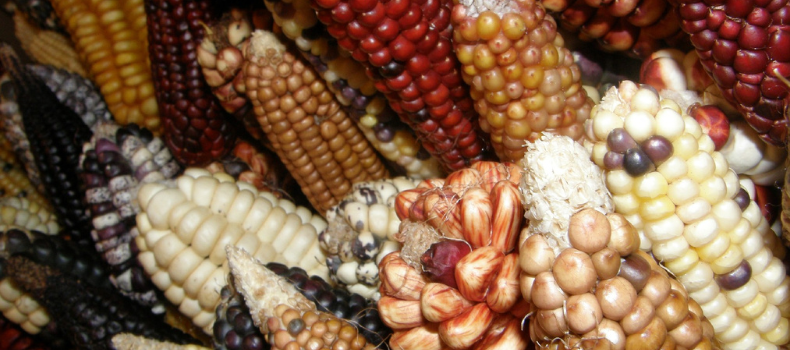
Corn is a fundamental pillar in the history and culture of Guanacaste, Costa Rica. According to Decree No. 38538 of 2014, maize in its native, native and creole varieties, is considered Cultural Heritage of Costa Rica. Archaeological remains indicate that the presence and use of corn in this region dates back to 3,000 years BC. The word “maíz” comes from the Taino, an indigenous group of the Caribbean, and means “that which sustains life”. This grain has been essential to the diet and worldview of Mesoamerican populations since pre-Hispanic times.
Varieties And Traditions
In Guanacaste, Pujagua and Congo corn are the most common native varieties. The corn culture is reflected in multiple traditions, such as the elaboration of typical foods: corn punch, pinolillo, sweet tortilla, donuts, perrerreque, yoltamal, tanelas, roasted bun, corn rice, bizcochos and mazamorra. These preparations are not only delicious, but also form part of the cultural and social identity of the region.
Rescue And Promotion Of Maíz Criollo
In an effort to rescue ancestral traditions and promote healthy eating, the National Center for Food Science and Technology (CITA) and Canal UCR produced a documentary about pujagua corn, also known as purple corn. This native corn, grown in Guanacaste, has seen an alarming decrease in its cultivation and consumption in recent decades due to dependence on imported yellow corn. The documentary seeks to raise awareness of the nutritional richness of pujagua corn and its link to local festivities and traditions.
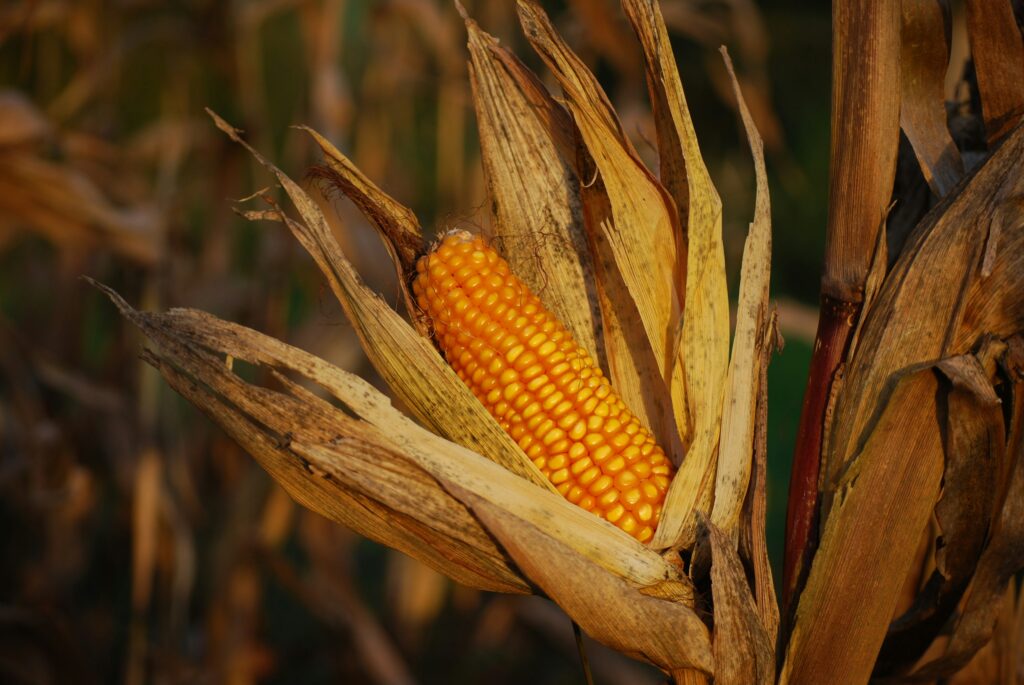
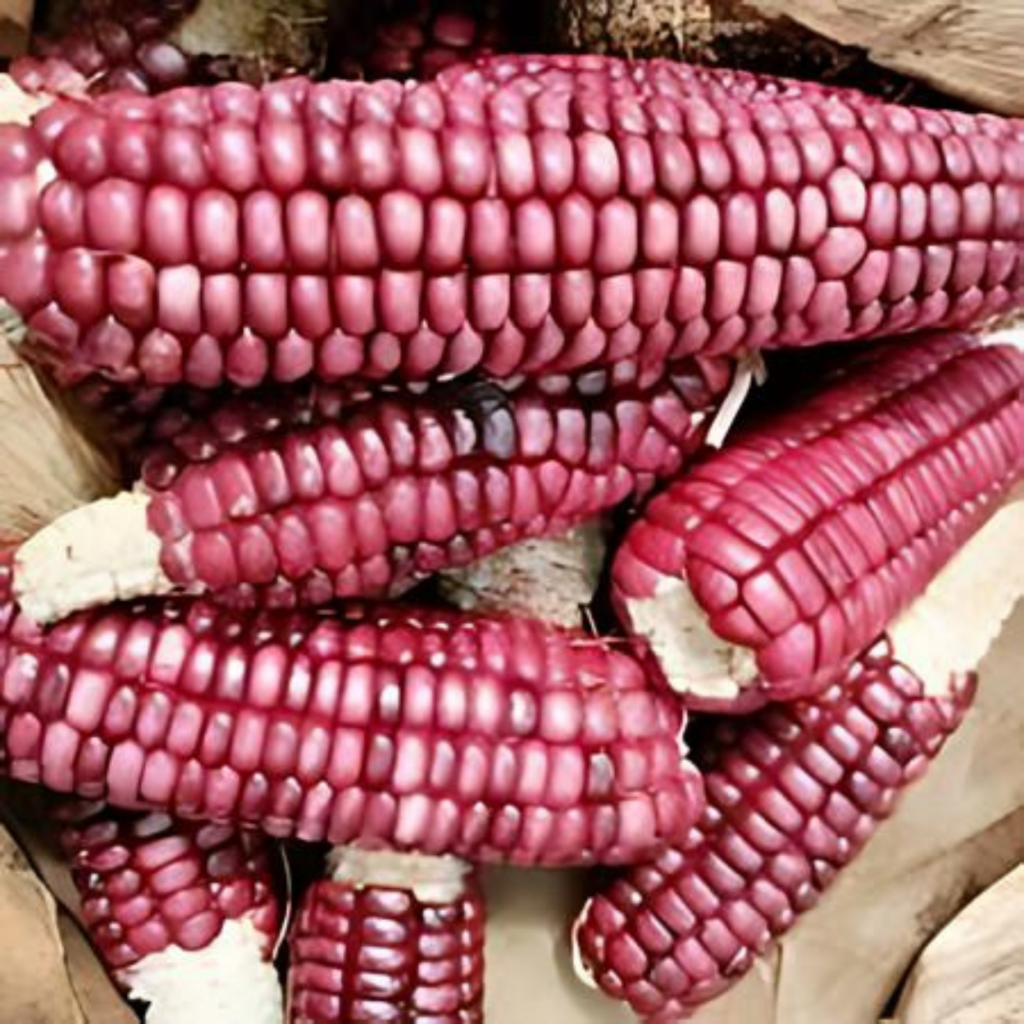
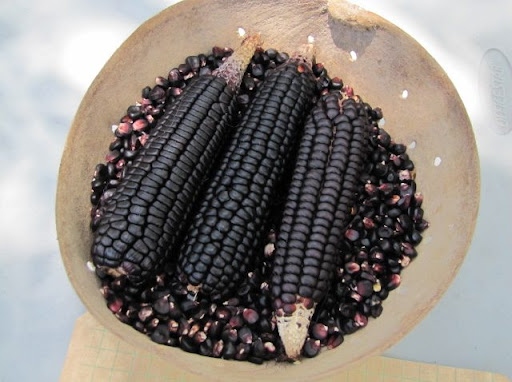
Nutrition And Industrial Uses
A study conducted by Marcela Álvarez, an academic and nutritionist at the National University (UNA), highlights the importance of corn in food security. This grain is an excellent source of energy due to its high content of resistant starch, which is digested slowly, providing prolonged energy. In addition, corn is rich in insoluble fiber, which promotes intestinal health, and carotenoids such as lutein and zeaxanthin, which are beneficial for eye health.
Corn also plays a crucial role in the food and industrial industry. When industrialized, it is found in food and beverages, as well as in products such as paper, bioplastics, detergents and jewelry. This versatility makes corn a valuable resource for a variety of applications.
Health Benefits
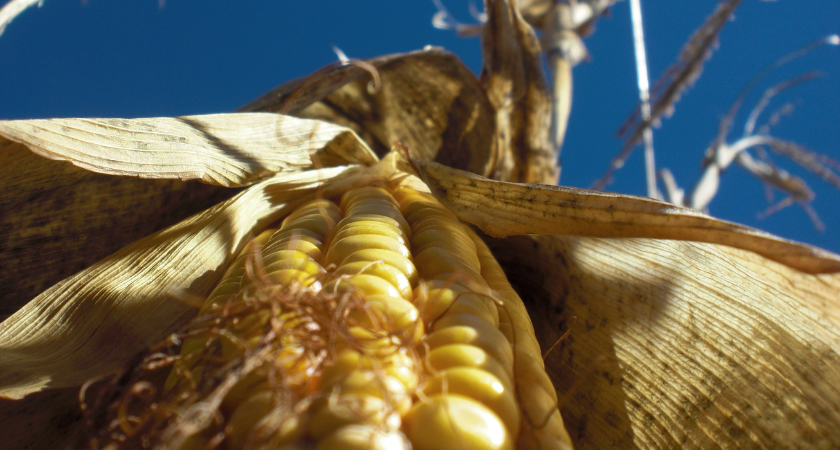
Corn is a starchy vegetable that provides numerous health benefits. It is an excellent source of vitamins, minerals and essential amino acids, such as phosphorus, magnesium, potassium, vitamin C and B vitamins. In addition, it contains antioxidants and amino acids vital for healthy cell growth. Regular consumption of corn can help protect against eye diseases such as cataracts and macular degeneration, thanks to its high carotenoid content.
In summary, corn in Guanacaste is not only a traditional food, but also a cultural and nutritional treasure. Its historical, cultural and nutritional importance is still relevant, and its rescue and promotion are essential to keep this rich heritage alive.
Sensorial Sunsets
Navigate articles




